Entering the world of water pressure solutions can feel overwhelming for a homeowner. The terminology and variety of products available can create confusion. The term Household Centrifugal Pumpz encompasses a range of devices designed for different tasks. This guide is intended to clarify the basics, providing a foundation for understanding the different types of pumps available, their common uses, and the important features to consider. We aim to equip you with the knowledge needed to navigate the options and identify a pump that aligns with your home's specific water supply requirements.
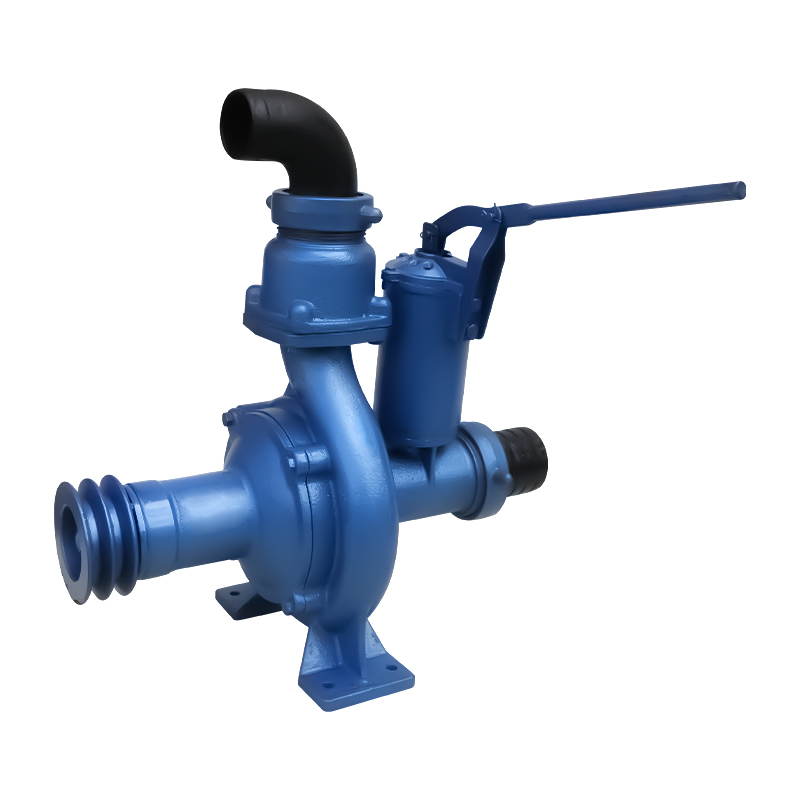
Different Types for Different Needs
There are several types of centrifugal pumps used in households. Single-stage pumps are ideal for short-distance water transfer and moderate head requirements. Multi-stage pumps, by contrast, use multiple impellers to achieve higher pressure, suitable for multi-floor buildings. Horizontal pumps are easier to install and maintain, while vertical models save space in compact areas.
Key Performance Metrics to Consider
When evaluating a Household Centrifugal Pump, two specifications are particularly important: head and flow rate. The head, often referred to as total head, is a measure of the height against which the pump can push water. It accounts for both vertical lift and the friction losses in the pipes. A pump with a higher head rating is capable of delivering water to elevated points, such as the top floor of a house or across a long distance in the garden.
Flow rate indicates the volume of water the pump can move in a given time, usually measured in gallons per minute. A higher flow rate is desirable for tasks that require moving large quantities of water quickly, like filling a pool or irrigating a large area. It is important to find a pump where both the head and flow characteristics match the intended use, as these two factors are interrelated.
Construction and Operational Features
The materials used in a Household Centrifugal Pump influence its longevity and suitability for certain liquids. Pumps constructed with stainless steel or cast-iron components offer resistance to rust and are generally considered robust for long-term use. Thermoplastic or composite models are lighter and can be resistant to corrosion from certain water types, making them a fit for many general-purpose applications.
Another consideration is the method of operation. Some pumps are manually controlled, requiring the user to turn them on and off. Others are equipped with an automatic pressure switch that activates the pump when a tap is opened and the pressure in the system drops, and turns it off when the tap is closed. This automation provides a hands-free experience that closely mimics a municipal water supply. Additionally, the physical size of the pump and its connection ports must be compatible with the available installation space and the existing plumbing fittings.
choose
Selecting a Household Centrifugal Pump involves a process of matching the pump's capabilities to the specific needs of the household. By one defining the primary application—whether it's whole-home boosting, water transfer, or drainage—you can narrow down the type of pump required. Then, by paying close attention to the head and flow specifications, you can ensure it has the necessary performance. Finally, considering the build quality and operational features will guide you toward a pump that offers convenience and durability. This structured approach simplifies the selection process, helping you find an effective solution for your home's water supply.

 English
English русский
русский Español
Español

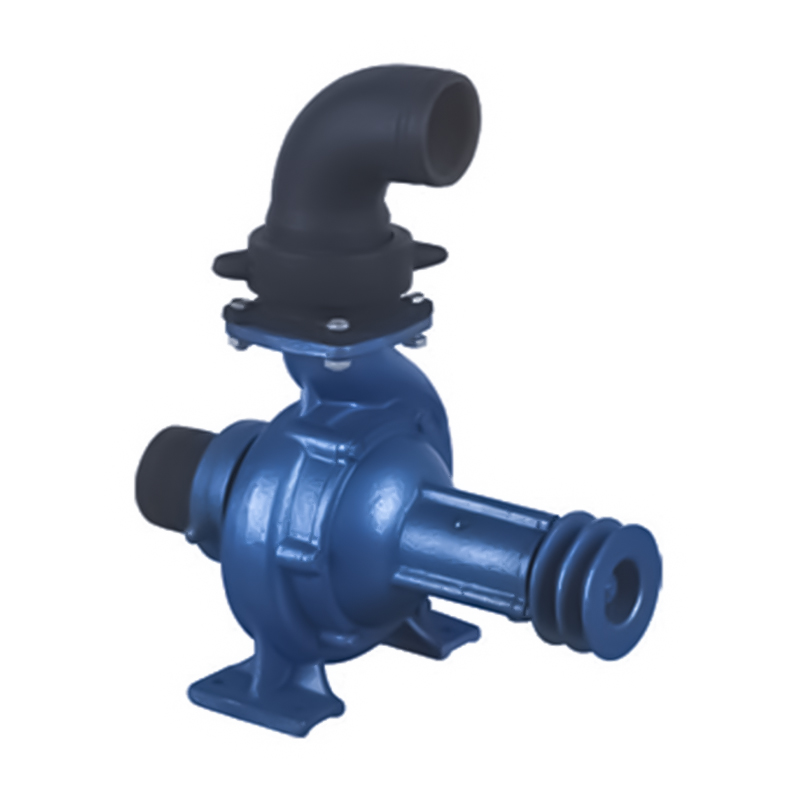
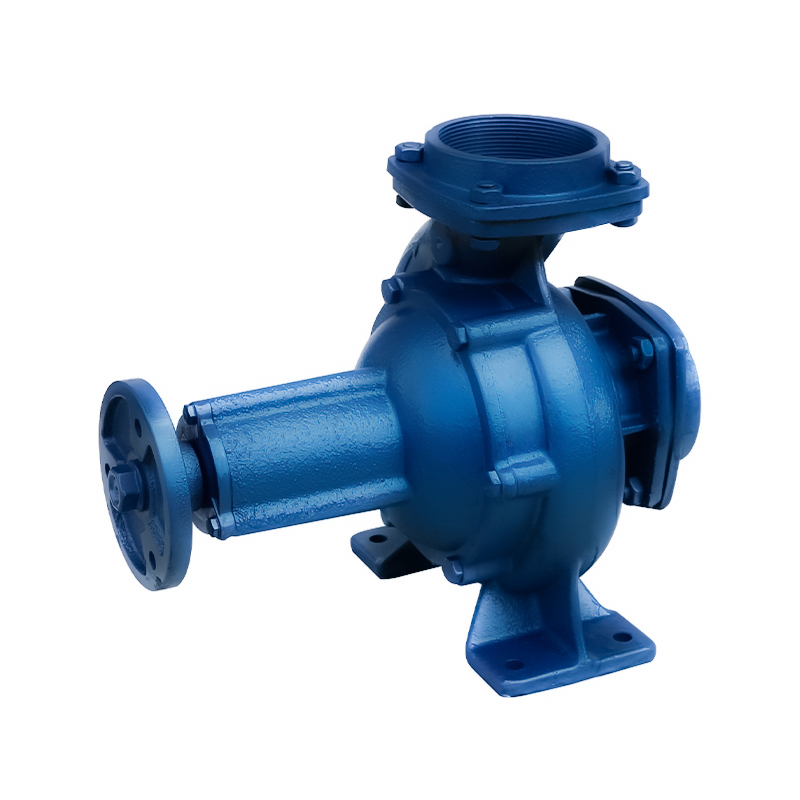
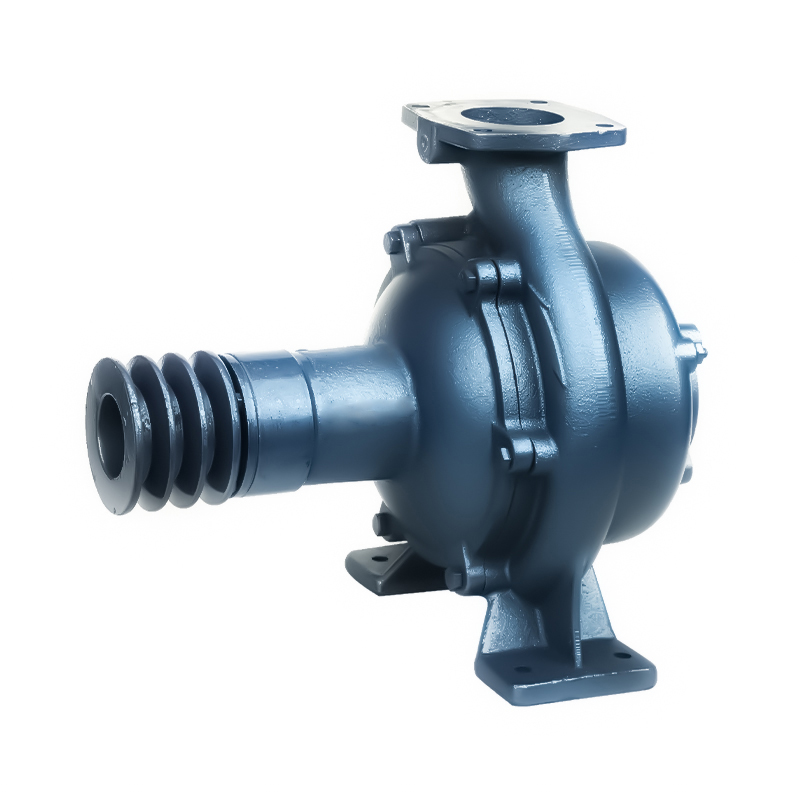
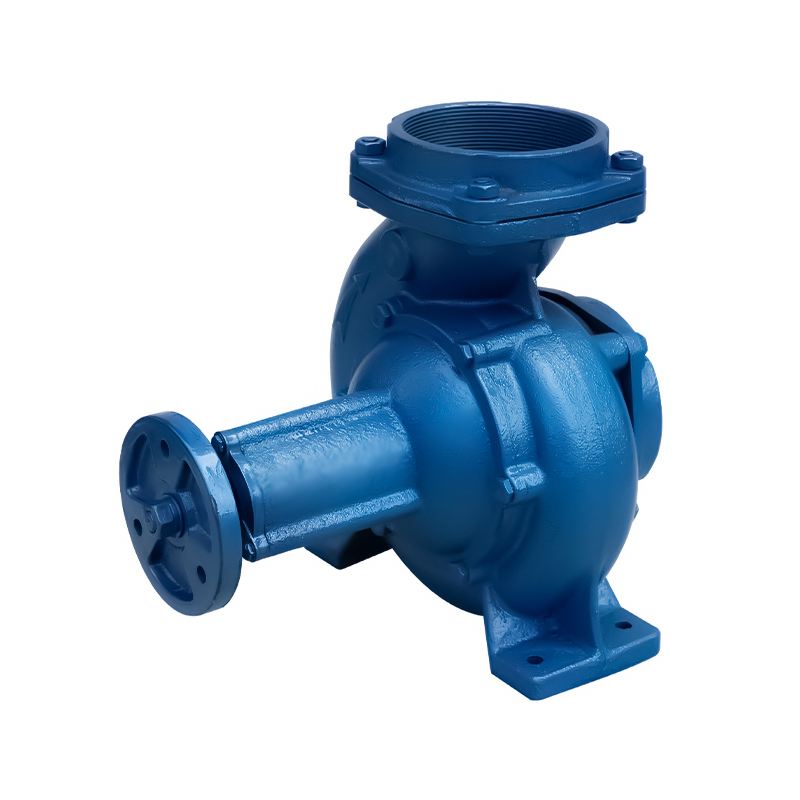

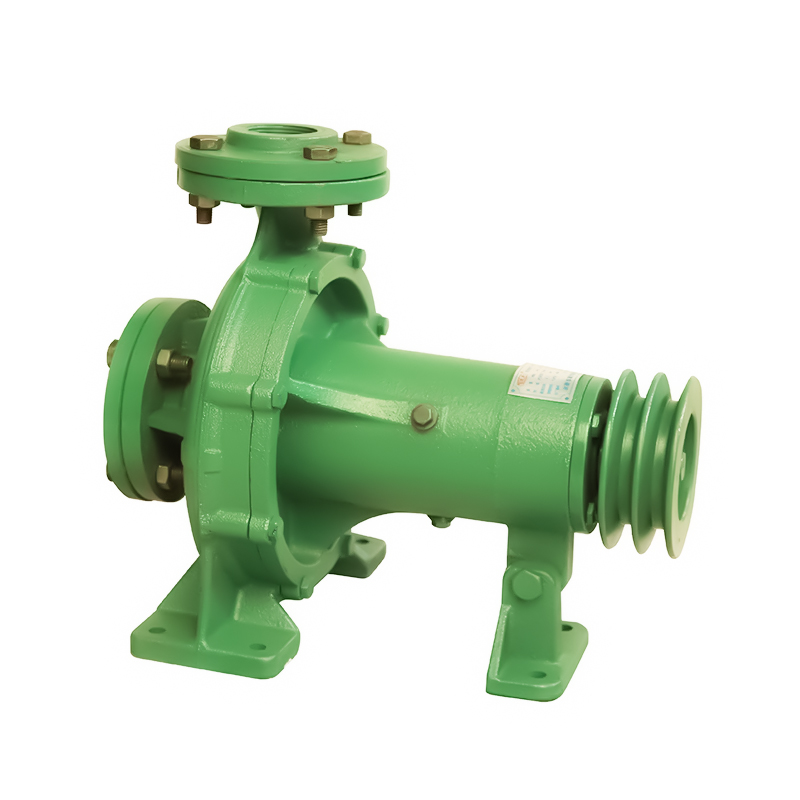

 Email:
Email:
 Phone:+86-13605899207
Phone:+86-13605899207

